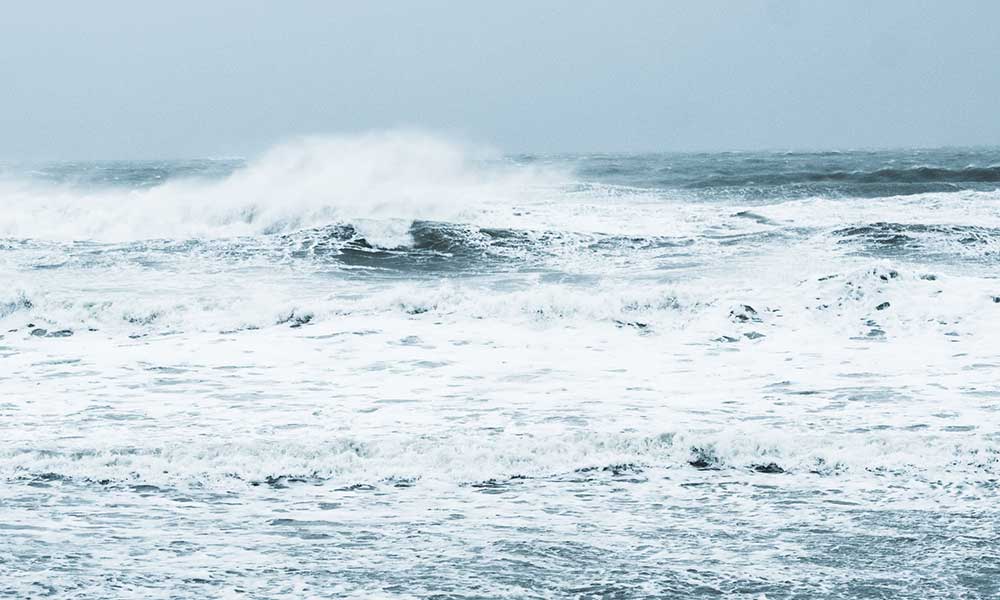What are El Niño and La Niña, and What are the Characteristics of Each?
Both El Niño and La Niña are different climate patterns that affect the weather around the world and occur in the Pacific Ocean.
When El Niño occurs, the trade winds begin to weaken as warm water moves to the east near the west coast of the Americas.
El Niño began in the 1600s when then a significant amount of warm water was present, which was first noticed by fishermen.
Many people assume it’s a storm, but this is not true.
Instead, it affects changes the weather globally.
El Niño can also have an impact on certain extreme weather patterns and storms to take place.
El Niño is responsible for causing the Pacific jet stream to move south and change positions.
This leads to Canada and the U.S. having a dryer climate and higher temperatures.
It has the opposite effect on the southeast and the U.S. Gulf Coast.
It causes these regions to experience more rainfall and have a lot more flooding throughout the year.
El Niño also affects the marine life that is present off the Pacific Coast.
Upwelling starts to occur, causing more cold water to rise, which carries a lot of nutrients to the surface of the ocean.
It directly impacts anything that relies on fish as a food source.
Over time, there aren’t as many phytoplankton present.
Fish like tuna and albacore also migrate to areas that are often too cold, causing tropical species to inhabit new regions.
Compared to El Niña, La Niña has the exact opposite effect and occurs when trade winds are a lot stronger.
This causes more warm water to be moved towards Asia.
A lot of upwelling starts to occur near the Americas, causing colder and more nutrient-dense water to rise to the surface near the shore.
The jet stream then moves north due to the cold waters in the Pacific pushing everything.
The south part of the U.S. often goes through droughts, while Canada and the Pacific Northwest typically experience a lot of flooding in different regions.
When La Niña occurs, the temperatures are warmer during the winter season in the southern regions.
In the north, the temperature tends to drop. It’s not unusual for more hurricanes to also develop.
Because there’s an increase in nutrients present during upwelling, the marine life is supported, which leads to an abundance of cold-water species. A lot more salmon and squid are present near the coast of California.
Both El Niño and La Niña occur an average of three to seven years.
Both of them are called ENSO (El Niño-Southern Oscillation).
Both of the phenomenons cause there to be an unusual change in the temperatures in the ocean, rainfall in the tropical Pacific, surface pressure, and winds.
What Does El Niño and La Niña Mean in Spanish?
El Niño is translated as Christ Child or Little Boy.
La Niña is Spanish for Little Girl.
At times, La Niña is also called El Viejo or anti-El Nino. This means “cold event” in Spanish.
What Causes El Niño and La Niña
The conditions of El Niño occur when the water on the surface of the ocean starts to become warmer than normal.
The east winds aren’t as strong.
The warm surface waters wouldn’t be capable of building up if the winds were stronger.
There’s a lot more rising air motion that develops over the Pacific Ocean, specifically over the central and eastern portions.
The surface pressure is a lot lower than normal.
During El Nino, there’s more dryness and higher surface pressure over Indonesia, which is caused by rising air motion.
La Niña is caused by too much surface water build-up that is a lot cooler than the average temperature.
As the trade winds strengthen in the east, cold welling starts to take place near the west coast of South America.
The sea surface temperatures begin to decrease. Between 1988 to 1989, the sea surface temperatures were as low as seven degrees Fahrenheit below normal.
How Do El Niño and La Niña Affect the Climate?
There are global impacts and changes to the climate patterns in different parts of the world due to El Niño and La Niña.
They both produce different results with their impact.
El Niño can cause places where droughts are present to become wetter, specifically in places like Indonesia and Australia.
La Niña has the opposite effect and causes the climate to become drier during the fall and winter seasons.
This generally occurs in the southwest. The winters experience higher temperatures, causing snow to not be present in many different parts of the world.
La Niña typically lasts for an average of nine to 12 months.
The effects of the change in the climate can last for up to two years before they stabilize.







